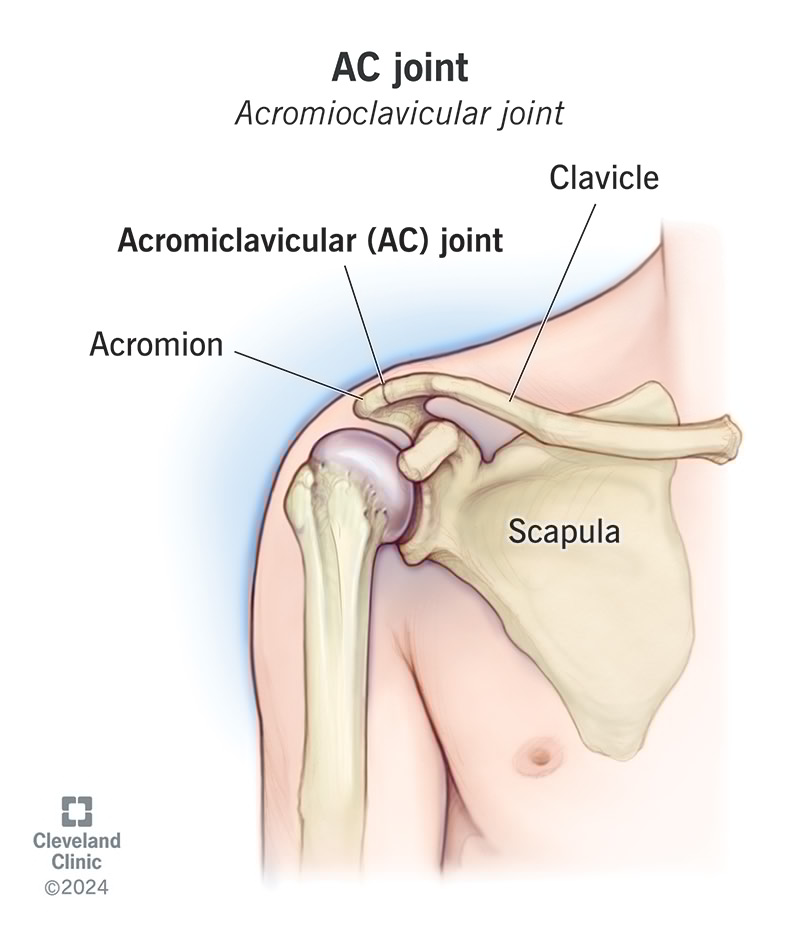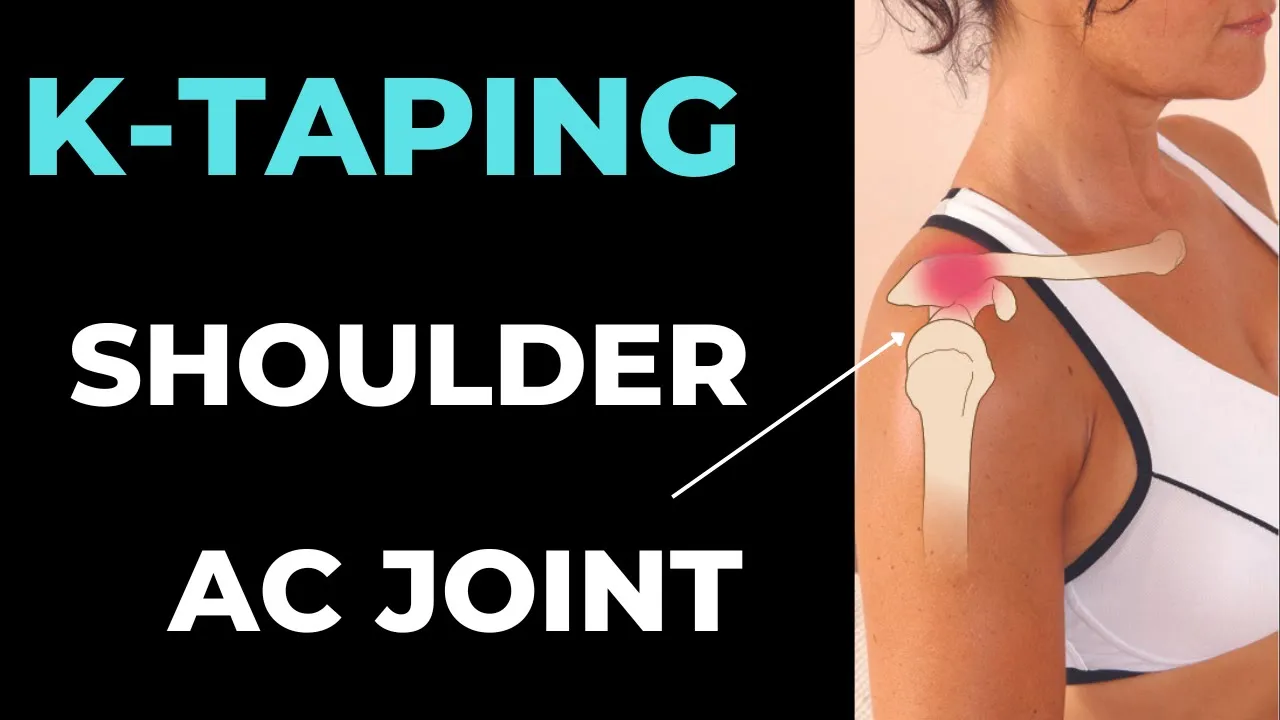
Please be very aware that this information is neither intended nor implied to be a substitute for professional medical advice. Always seek the advice of your doctor or other qualified health professional before starting any new treatment or with any questions you may have regarding a medical condition.
In rugby, hockey, and football, shoulder collisions are part of the game. One of the most common injuries athletes face in these high-impact sports is AC joint pain or acromioclavicular joint pain. When the AC joint takes a direct hit, players often experience sharp pain, swelling, or restricted movement.
While severe AC joint separation may require rest or medical treatment, many athletes use sports tape on match day for added stability and confidence. Compared to bulky braces, tape offers lightweight support without restricting mobility, allowing players to stay in the game.
The acromioclavicular (AC) joint connects the collarbone (clavicle) to the highest point of the shoulder blade (acromion). It’s small but critical—it helps transfer force through the shoulder and allows you to raise your arm overhead.
According to the Cleveland Clinic, AC joint injuries range from mild sprains to complete dislocations. In contact sports, repeated tackles and falls on the shoulder are major causes of this pain.

AC joint problems often occur in training and game situations involving heavy impact or awkward landings. The most frequent include:
As noted by Physiopedia, these injuries are especially common in rugby and hockey because of the repeated collisions and overhead movements.
Sports tape doesn’t “fix” a separation or dislocation, but it can make a huge difference in comfort and playability. Here’s why athletes and physios often choose taping on match day:


👉 For a full step-by-step method, including other shoulder strapping options—see our Shoulder Strapping Guide for Athletes.
Which should you choose—sports tape or a shoulder brace? Here’s a breakdown:
| Feature | Sports Tape | Shoulder Brace |
| Mobility | High – allows natural range of motion | Limited – bulkier, restricts movement |
| Support Level | Moderate – good for mild to moderate AC joint issues | High – better for severe sprains or separation |
| Comfort | Lightweight, low-profile | Can feel restrictive, especially under jerseys |
| Match Day Use | Preferred by athletes for games | More common in rehab or training |
For many contact athletes, tape strikes the right balance: protection without compromise. Braces may be more suitable for rehabilitation or severe cases where stability is the priority.
AC joint injuries are common in rugby, hockey, and football, but they don’t always mean sitting out. Sports tape offers match-day stability, confidence, and protection, making it a go-to option for athletes who need to perform under pressure.
If you’re dealing with ongoing or severe pain, always consult a sports physio or medical professional for tailored guidance.
This site is protected by reCAPTCHA and the Google Privacy Policy and Terms of Service apply.

Grab HK$20 OFF your first order of performance-tested tape & gear.
*when you spend HK$300 or more.*
Join 1,000+ athletes already training with Pillar Sports tape.
No spam. Unsubscribe anytime.